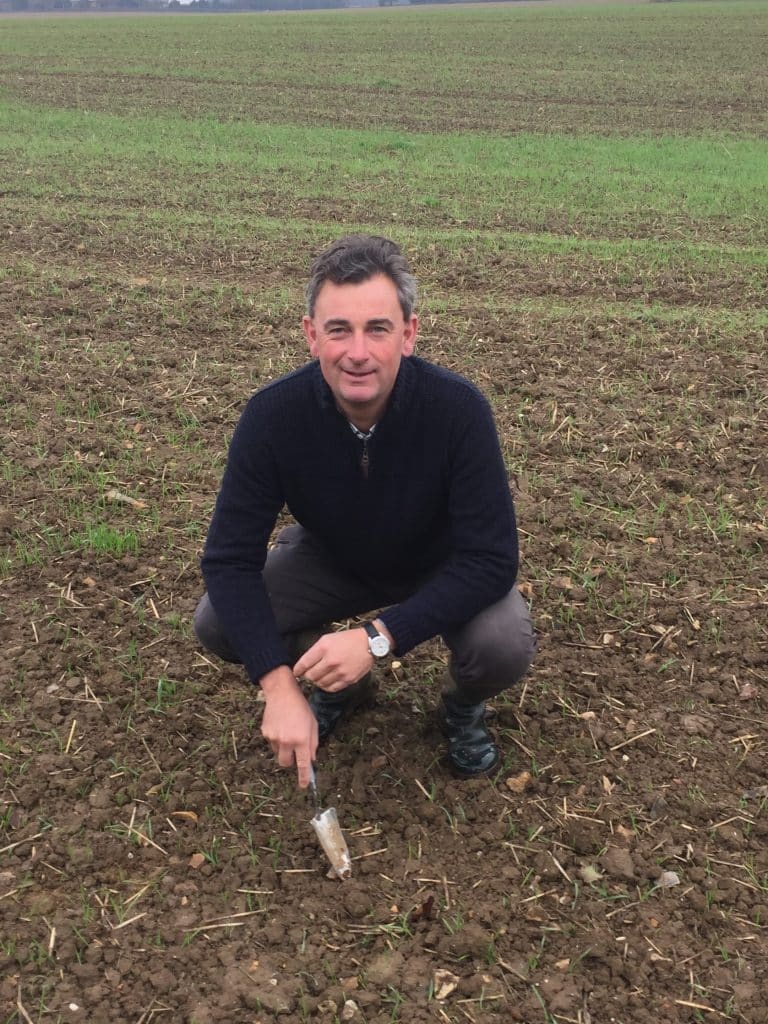Post-harvest soil cultivations – South East Farmer – James Short
Take a ‘light touch’ to post-harvest cultivations for soil health. ...
As harvest approaches and thoughts turn to preparing ground for next season, many growers will be eager to get on with cultivations and drilling to avoid any potential repeat of last year’s rain-disrupted autumn programme.
Before rushing in behind the combine with the plough, subsoiler or other deep cultivations, James Short of Hutchinsons urges caution and patience, as in many cases intense tillage is unnecessary and potentially damaging to soil health.
The first thing you’ve got to do is identify the issue. The vast majority of soil inspections we’ve done this year show 90% of soil water management issues are focussed on the top 100-125mm of soil, not the lower profile.
That means that in many cases where waterlogging was seen last autumn/winter, it was an infiltration issue, not compaction, which is not going to be addressed by deep subsoiling or mole ploughing this autumn.

James Short
Fields should be individually assessed to determine soil status and cultivation requirements, ideally when there is adequate moisture, as very dry soil can appear hard and compacted when it is simply due to lack of water.
Overwinter cover crops, or catch crops grown between harvest and an autumn-sown crop, are an excellent way of providing extra root mass and improving soil structure during periods when the soil would otherwise be bare.
Hutchinsons offers a range of multi-species mixes to suit different situations, with most in the ground for eight to 16 weeks.
“They’re all small seed for accurate application through a drill or seeder unit, and are cereal-free because volunteers already exist from previous wheat, barley or oat stubbles,” said James.
Key things to look for include:
- Crop growth – what does the crop tell you? Is it a uniform colour and even growth or are there stressed, thin or patchy areas?
- Surface layers – has the surface layer slumped or capped, preventing water infiltration?
- Natural structuring – has cracking of clay soils during dry weather naturally improved capped or compacted layers?
- Root growth – are roots growing freely through the profile, or are they restricted anywhere?
- Worm activity – are there signs of worm activity and is there a good mix of different species?
- Compacted layers – is any compaction evident? How deep is it? How widespread is it?
- Moisture – where is the soil wet or dry? Is moisture sitting in certain layers, or evenly distributed?
- Test stability – use the slake test to see how well soil holds together (see below)
- Look, smell, feel – are there any obvious issues?
Look on the website to find out more about Hutchinsons soil assessment services and cover crop options for this autumn, and you can also see the latest Fieldwise Live video updates from agronomy trials around the country.